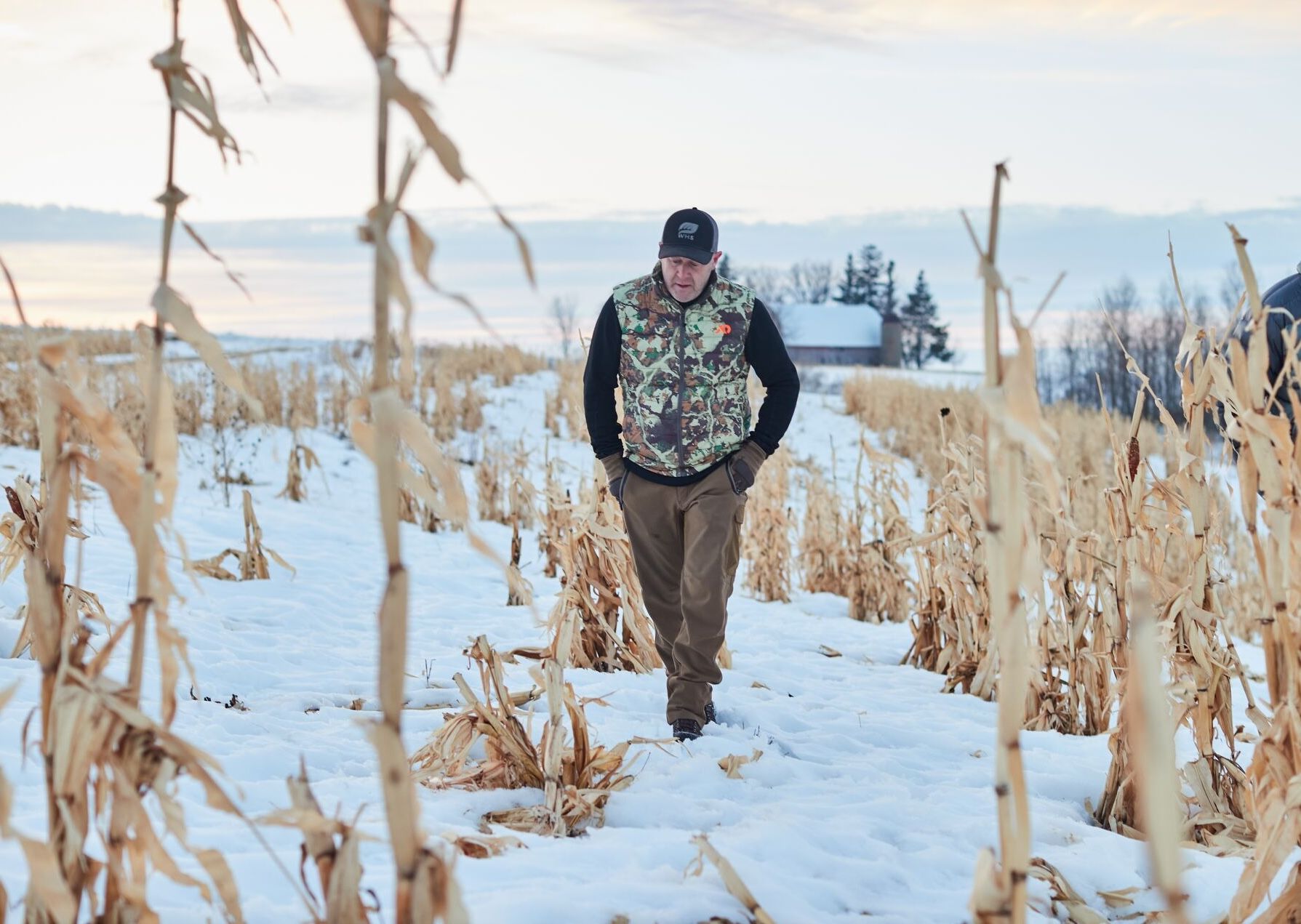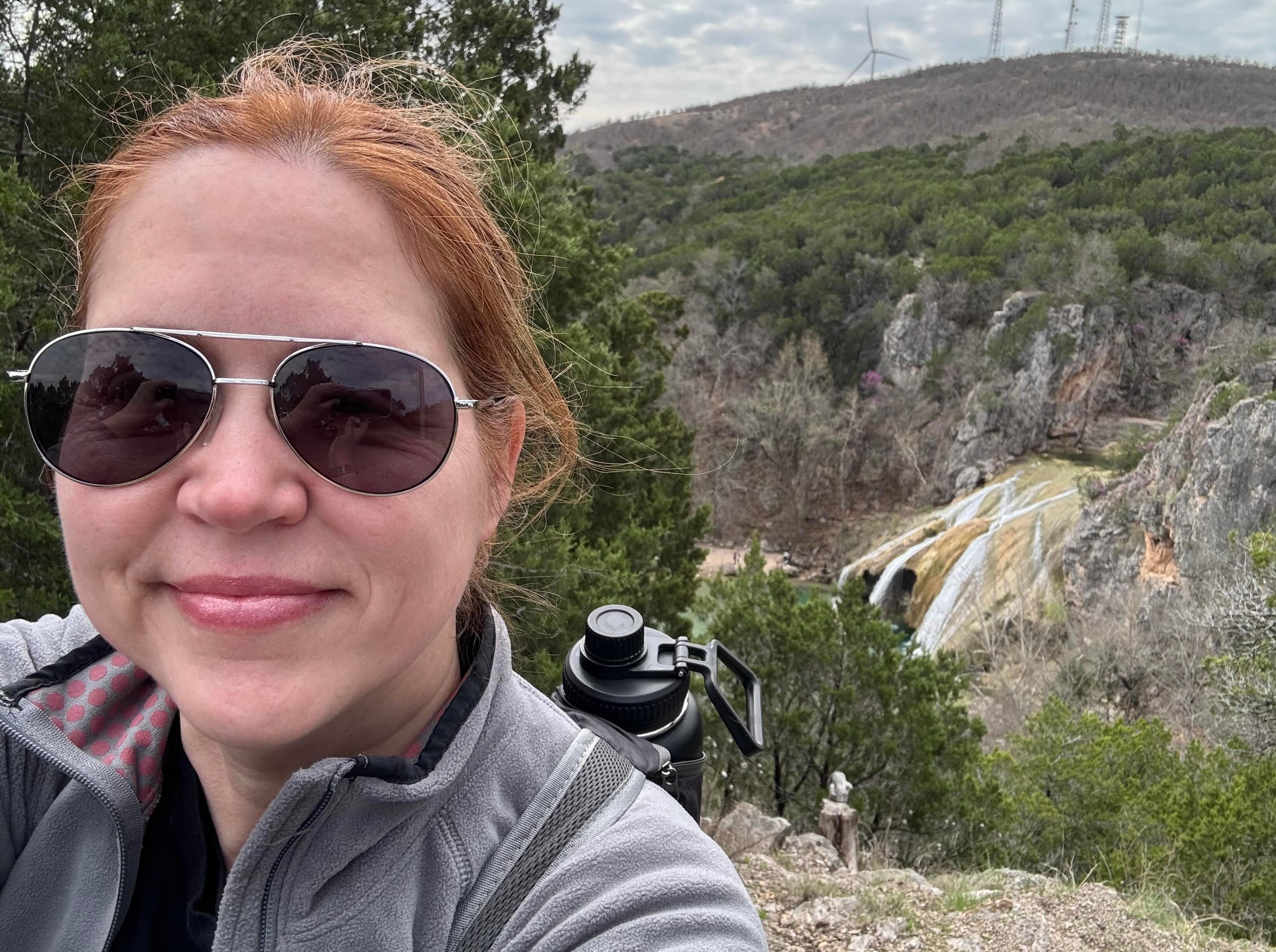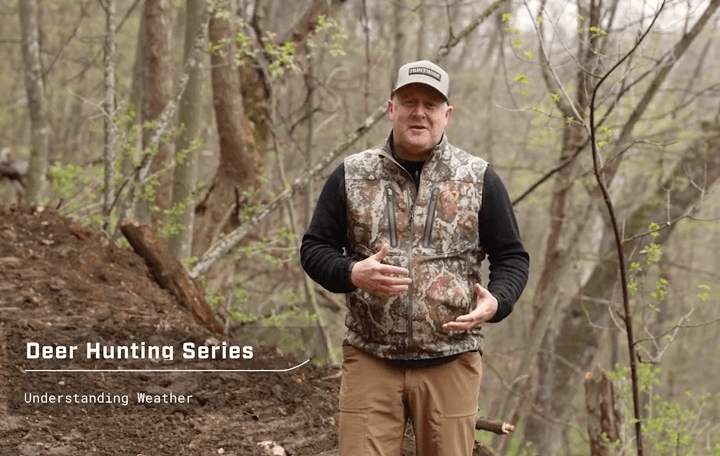"There's some truth to the belief that hunting in the rain can deliver good success." However, hunting in the rain – or snow or wind, for that matter – isn't without challenges.
But does weather really impact deer movement or increase (or decrease) your odds of success? If so, how? Choosing the best days for your hunt is crucial if you really want a better chance of bringing home a buck – and we all do.
You've heard us say it before, and many hunters know this to be true: with the HuntWise app, it's easier to determine the best days for hunting based on its weather forecasting features and animal movement predictors.
So, understanding weather and deer movement can benefit hunters in pinpointing the ideal days to get out into the field – even if it's a little rainy or a clear sunny day – and who is the best resource to learn more about how and why deer move? Let's learn more from Jeff Sturgis today.
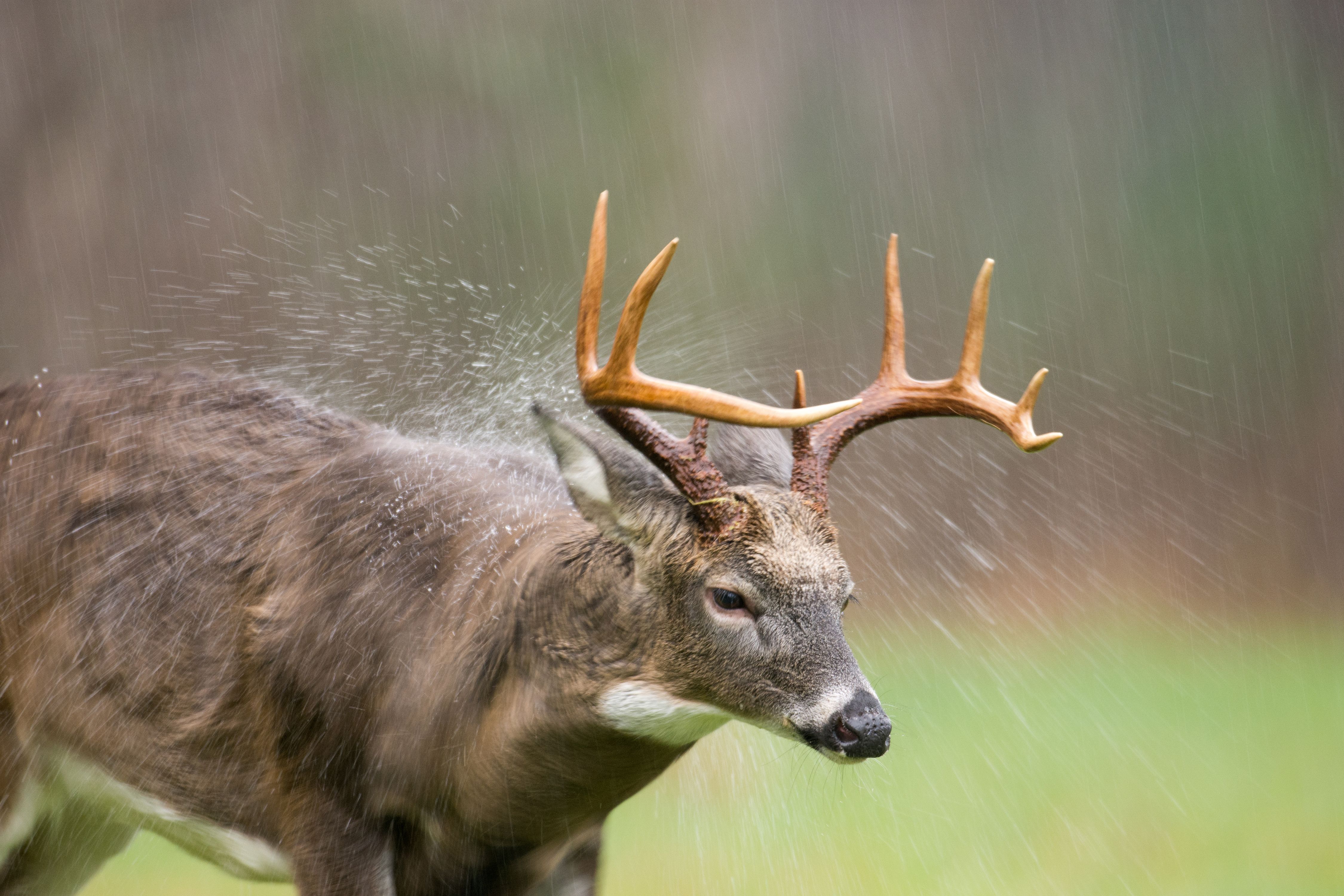
Should You Hunt in the Rain?
There are good reasons not to hunt in the rain, as well as good reasons to take advantage of a rainy day for an excellent hunt.
As an ethical hunter, tracking the animal appropriately after the shot is crucial. However, hunting in the rain can be challenging because tracking can be difficult.
Sturgis says, "In the rain, it's too easy to lose the blood trail if it's washed away. If you make a less-than-ideal hit, you need to track the deer in a way that gives it some time – but time and rain can cause the blood trail to disappear."
However, hunters shouldn't completely rule out hunting on rainy days.
Jeff says, "I love hunting rain when there are holes in the rain. I look at HuntCast and the forecast, and as the weather clears, you'll see the score go up for ideal movement probability."
When the rain clears on a rainy day, for example, at one o'clock in the afternoon, around 2, 3, or 4 o'clock, heavy raindrops will fall from tree leaves and create some noise. This creates high hunting conditions, especially if it's been raining for an extended period of time and deer are ready to get out and feed.
Several-Day Rains
What about when it rains for a few days in a row? Maybe it rains on Tues, Wed, and Thurs. Then, you see a forecasted block of about ten hours with no rain.
Sturgis says, "Make sure you hit that rain-free block of time after the rain."
This is an ideal situation for using HuntCast. If you look at the hourly forecast and see that break in the rain coming up, go out and sit in your blind in the rain before the rain stops. Then you're in the right spot to catch deer moving around during that rain break.
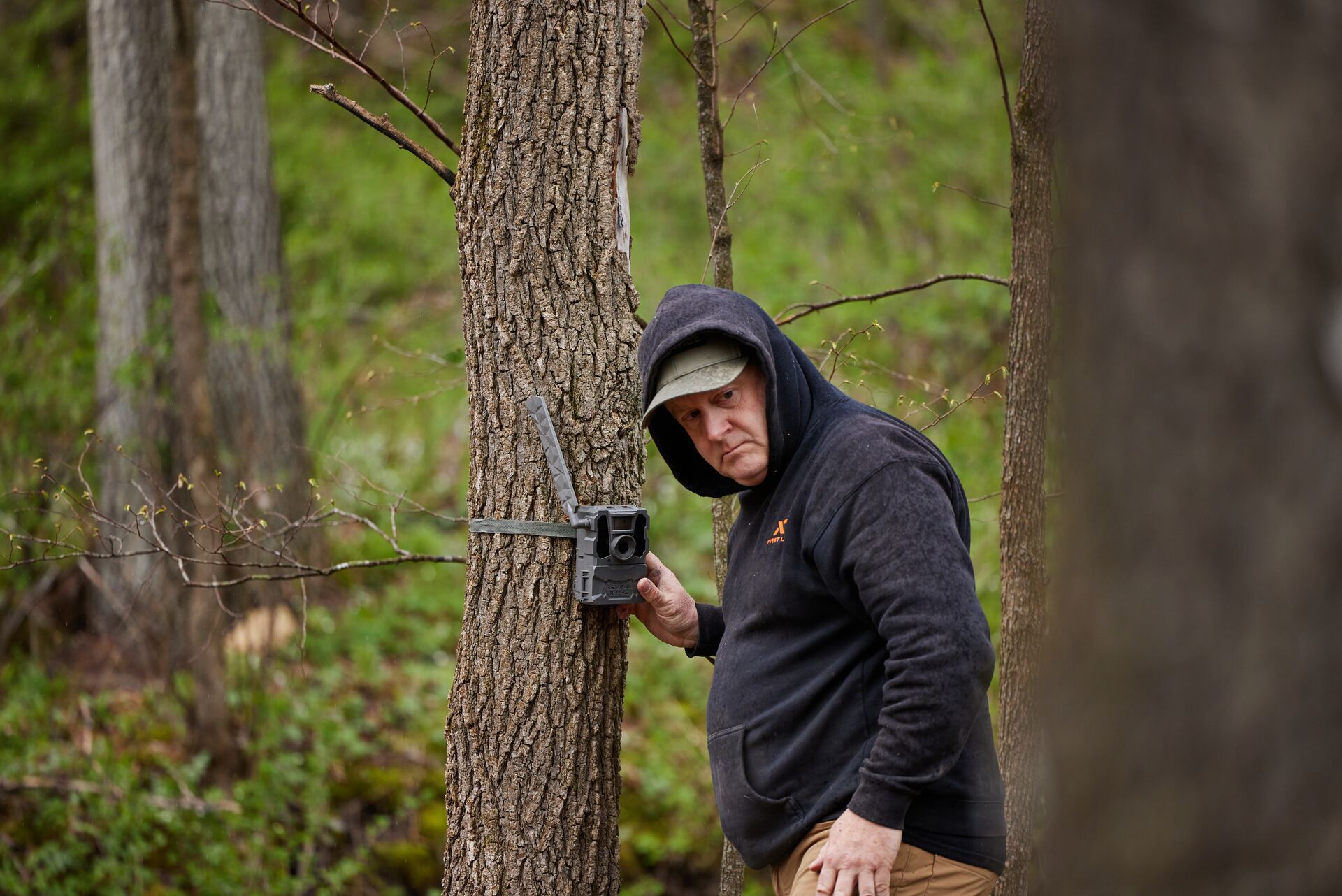
What About Wind?
"Wind can be your friend (to a certain extent)," says Sturgis.
He likes a little bit of wind to know where his scent will blow so he can plan accordingly. Deer also like a little bit of wind to help them scent.
However, when the wind gets too high, deer do not like it – and it's no longer your friend, either.
Sturgis says,
"We run trail cameras year-round to test things and observe deer behavior. When there's a lot of wind and rain, we don't see movement on our cams."
But there's one exception: the lee side of a ridge.
Sometimes, deer do move more in the wind. It's typically an effort to get out of the wind to a calmer spot.
Jeff says, "It can be super windy and rainy up top, but there is no wind toward the bottom of the ridge, and you'll find an isolated pocket or the side of a ridge system where it's calm – and that's where the deer will be."
This can be an ideal time and location for a hunt. Deer will go a long way from their routine trails to get out of the wind. Knowing where they go on windy days can make a windy day an excellent day for hunting.
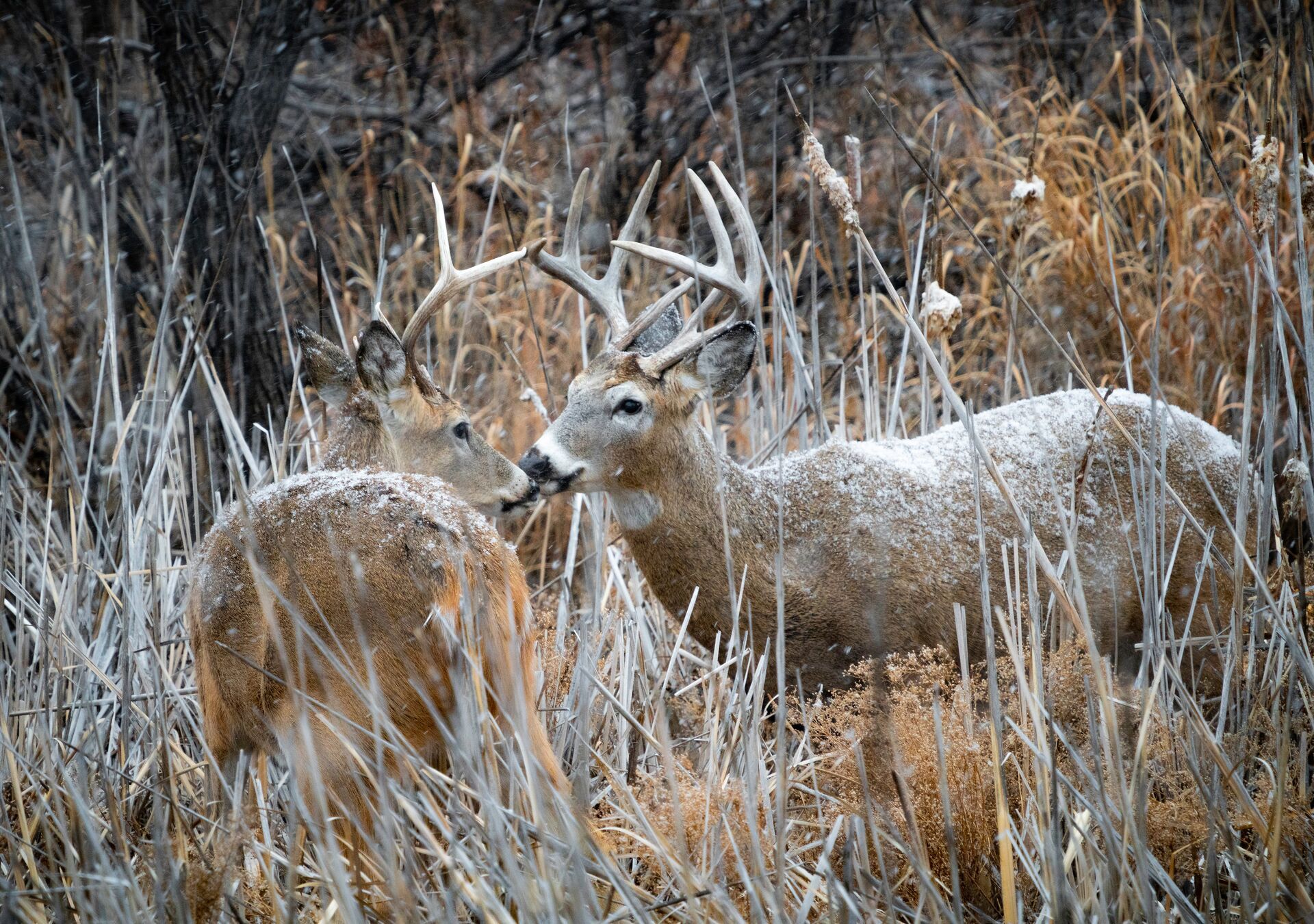
How About Snow?
When it's really cold and you have blizzard-like conditions, deer will be out of the field. Regardless of the barometric pressure, they know if they need to be out feeding or if they shouldn't get caught out in the open during a blizzard.
Deer relate to tangibles more so than barometric pressure. Tangibles include:
- Wind direction
- Wind speed
- Moisture in the air
- The amount of precipitation coming down
In a heavy blizzard with lots of wind and dropping temperatures, deer know enough to stay out of those conditions. So, hunting on the backside of snow (or before a big snow) can be an excellent time to get out and see lots of deer moving around.
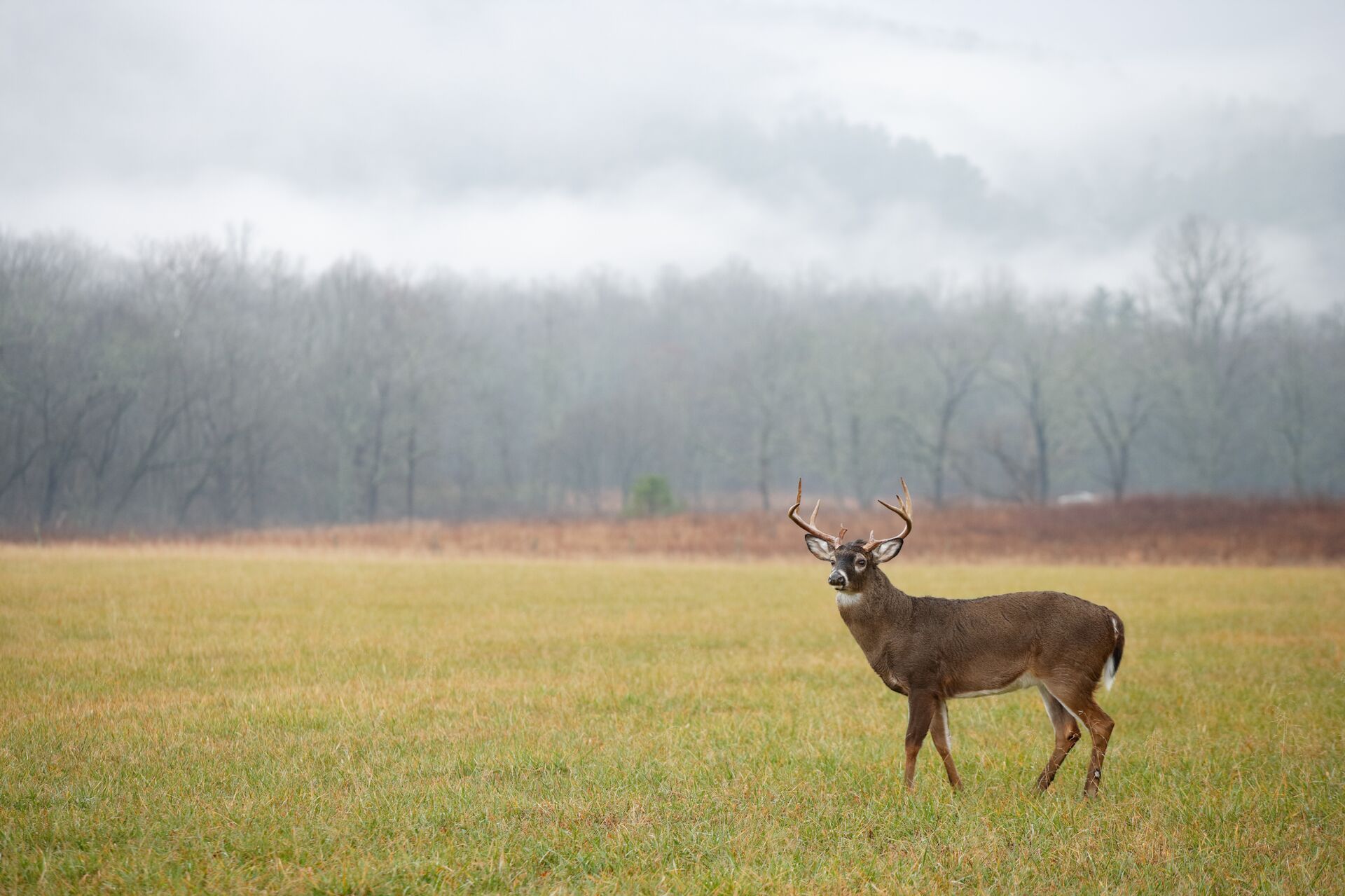
The Temperature and Deer Movement
Let's talk about significant temperature swings.
Sturgis says, "I don't look at end temperatures much at all. The temperatures leading up to that end temperature are really the story."
For example, some hunters say they see a lot of deer movement at temperatures below 55 degrees. However, if it's mid- to late-December and the temps have been closer to the low 30s, 55 degrees is a warm-up in those conditions.
Sticking with "it's below 55, so there will be good deer movement" may not be true during a warm-up from lower temperatures.
Jeff Sturgis says, "When I see temperatures warming up, deer movement slows down. You can't look at an absolute and say that one temperature is always best."
The same can be true for the context around a drop in temperature. If it's been seasonally warm during the winter in the 60s but it's normally in the 30s at that time of year, then the temp drops to the low 50s, that's a cool-down – even though it's still higher than what the normal temperature would be for the time of year.
Sturgis says, "To me and what I've experienced, that kind of drop in temperature increases deer movement."
How HuntCast Works for Weather Predictions
Sturgis highlights that this is how the HuntCast algorithms were built, looking backward to help look forward and identify changes that influence movement predictions.
He recommends using HuntCast to find those great forecasted days in the next week to ten days and understand how the actual weather syncs with what you see in the app to plot your strategies for a successful deer hunt.
Get more details about deer movement and weather in the video from Jeff Sturgis and HuntWise below!
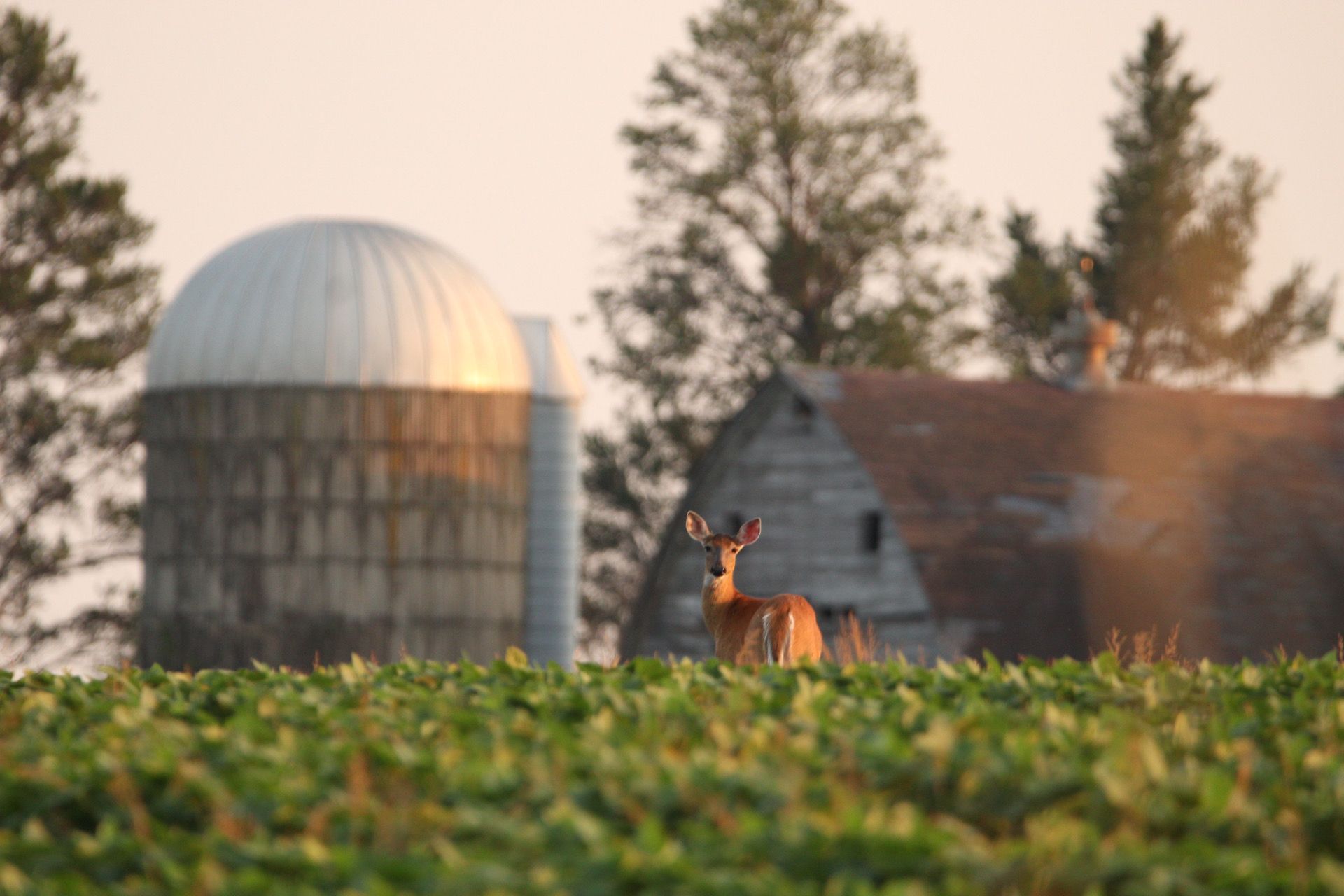
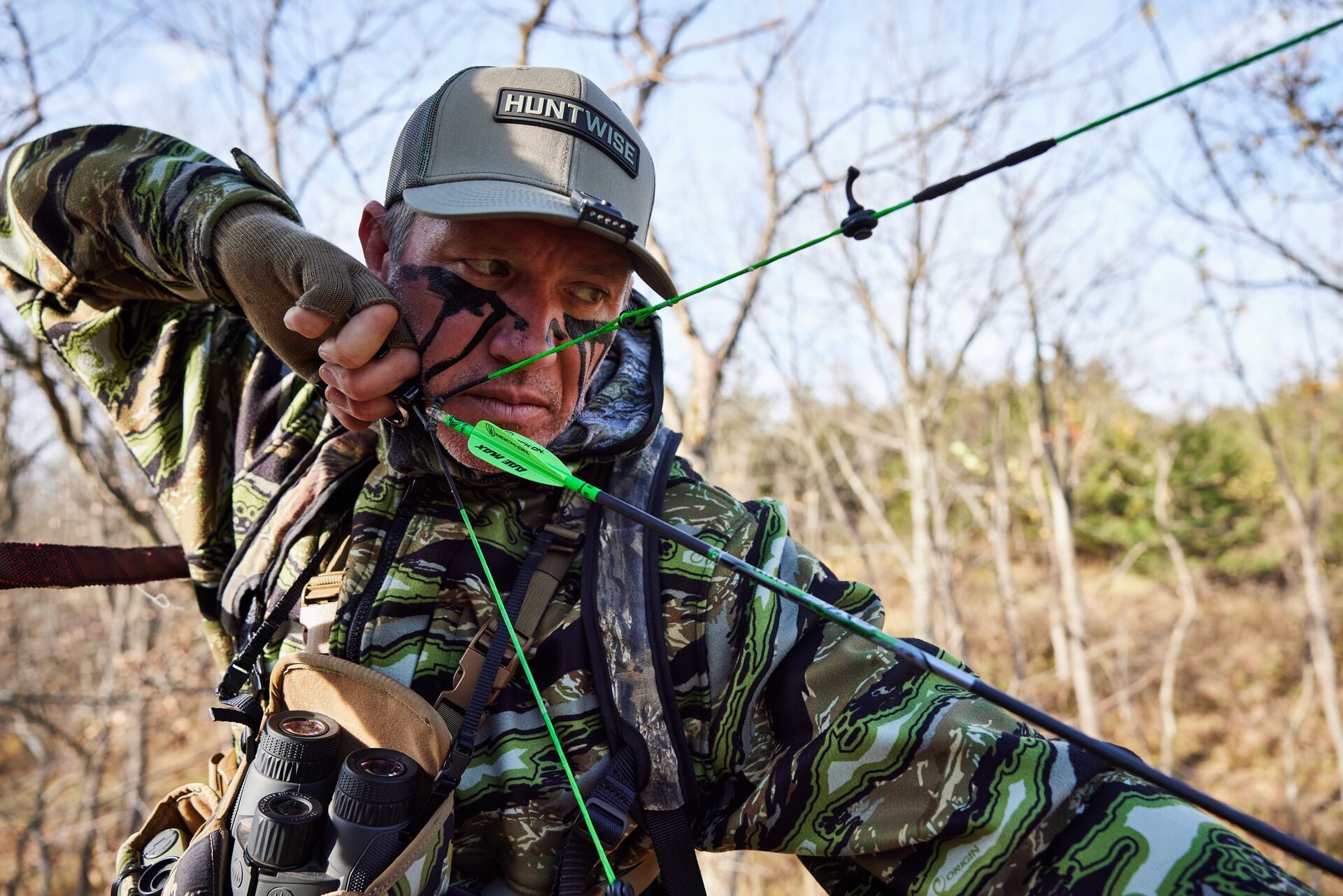
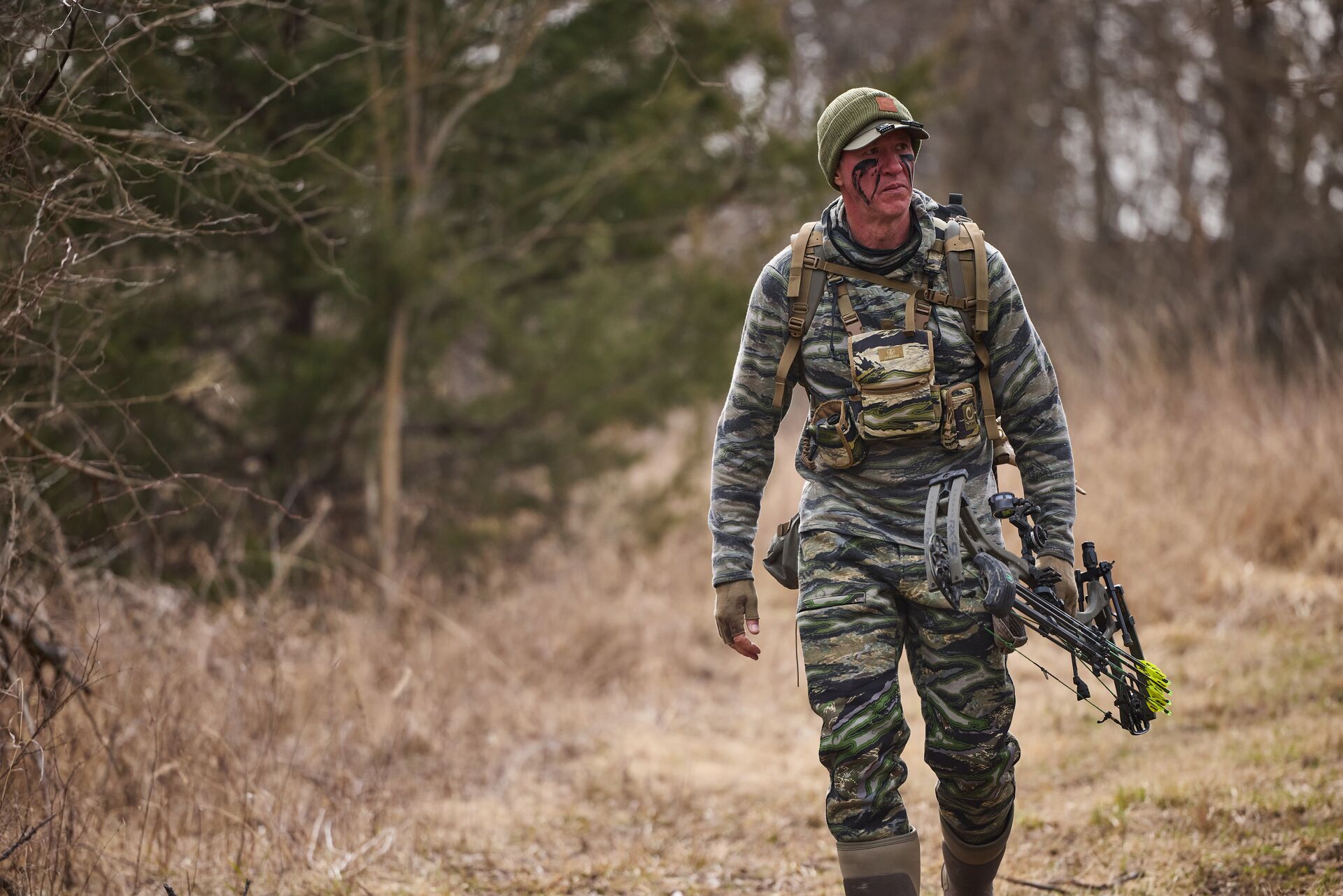
 Our Pros
Our Pros Our Pros
Our Pros Our Pros
Our Pros